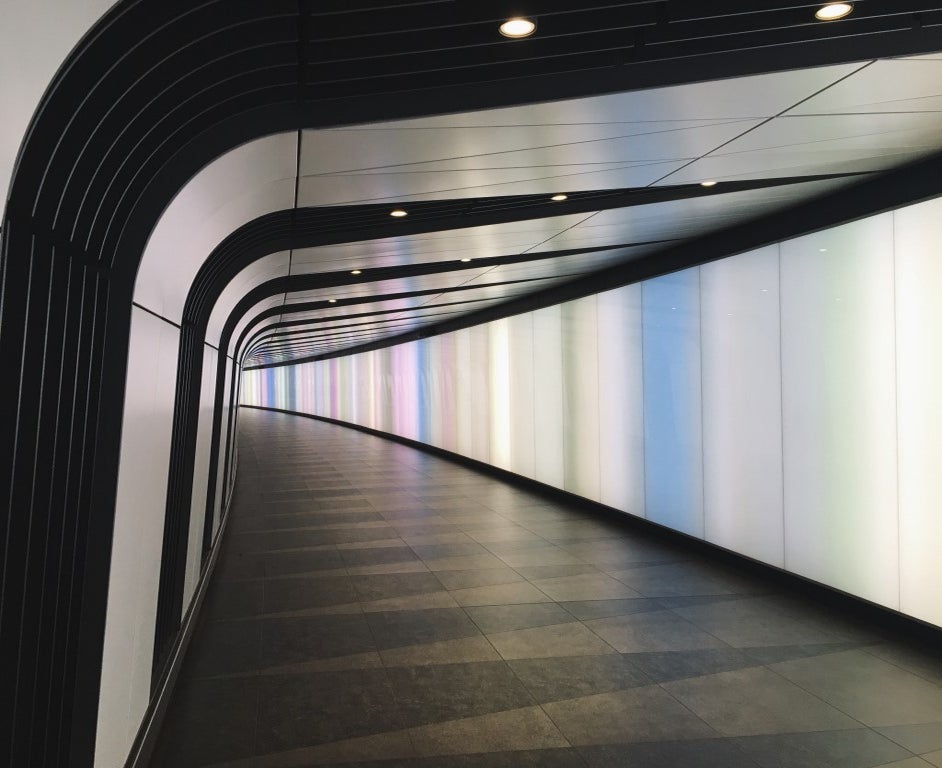
5 ways to get more bang for your OOH buck
Without our people we are nothing.
Our people are our most important asset, and a core driver of our success as a business.
We believe consistent investment in top tier talent and extensive training is crucial to developing an energised and innovative culture.
We have been an IPA CPD Gold winner for 9 years and have held IPA Platinum status for the last 6 years (one of only 21 of the 300 IPA agency members that have this level of accreditation for outstanding approach to Continuous Professional Development).
Over last 18 months, there’s been a wealth of blockbuster OOH campaigns back on the street, entertaining audiences and expanding expectations of the medium.
From 3D anamorphic activations bursting out of the Piccadilly Circus, becoming a fixture for audiences and trade press alike, to Vodafone’s British Lions Tour and a gigantic Sir David Attenborough reminding us of the current climate emergency.
Advancement in creative technology has launched OOH into the realm of cinematic advertising, offering audiences new ways to experience content. Which has been great news for big brands with deep pockets.
Flash forward to today and it all starts to look a little less shiny. Rising inflation and interest rates are having a direct impact on the cost of living, decreasing consumer confidence and spending power.
Households are being forced to compromise; by switching products and services, deferring to a cheaper alternative or discarding altogether. As a result, some brands will find it harder to win share of a shrinking wallet.
Alicia Barker, senior marketing scientist at Ehrenburg Bass, says: “buyers don’t perceive their brands as different to competitors. For most part, customers view all other brands in the category as near substitutes irrespective of the positioning or marketing strategies”.
This need to tighten the purse strings will have a big influence on the way brands and consumers behave in OOH next year, and ultimately on what people choose to pay attention to.
So, if effective attention is the endgame for brands, then innovation, creativity and ubiquity are even more important to get cut through, and the good news, with a strong creative idea, it doesn’t need blockbuster budgets to get traction.
So where does OOH figure in a recessionary environment?
OOH is well-positioned by design to be on the frontline of everyday life and cultural zeitgeists. It’s unmissable, spanning multiple environments with contextually nuanced opportunities to hold conversations with audiences, whatever their current mood.
Formats are variable from traditional to digital; small to large, tech enabled to production enhanced and high to low investment; offering multiple options to engage, surprise and delight audiences. As a result, brands are only limited by their creative imagination, not wallets.
By taking a disciplined creative approach, brands can reap the benefits of low budget, high value OOH, and there are multiple ways to creatively enhance OOH formats that won’t break the bank.
What five things can advertisers do to better use OOH’s capabilities?
Here is a small selection of production techniques and technology that can be applied for any brand or category, from Classic OOH through to bespoke solutions.
Classic OOH: Lenticulars introduce animation to what otherwise would be a static OOH panel; bus shelter customisations using graphic vinyls, sonic and olfactory effects, large format 2D and 3D builds, stand out urban murals, LED lighting effects and day and night printing techniques to magically change messaging as evening falls.
And with sustainability on everyone’s mind, consider adding living formats, customised wind turbines, solar panelling and including media owner initiative panels with living roofs.
Digital OOH: Using data driven campaigns is a cost-effective way to enhance DOOH. The Moments of Truth study by Posterscope, Clear Channel and JCDecaux in 2020 demonstrated that using dynamic relevant messages increases effectiveness on average 18%*.
Brands can use creative digital effects such as split depth 3D, created from 2D assets, to create a ‘false’ 3D effects that don’t carry the cost of anamorphic productions.
Interactive: A great way to increase effective attention is by adding an interactive element to OOH campaigns. For example, WebAR activations are easy to produce, require no download and can be launched using a scannable QR code on a poster.
A recent six-sheet campaign example included a playable game solution, saw customers increasing their dwell time from on average six seconds to 70+ seconds for those that completed the game.
In-app AR solutions using Snapchat can offer audiences a chance to unlock a bespoke Snapchat lens and content by simply scanning a billboard, banner or mural.
Bespoke: It’s always exciting when we can create something new. This could be a combination of existing formats, creative and production techniques, such as digital screens, murals and projections combined or creating a pop-up experience to bring a brand to life.
The key to smaller scale bespoke activations is amplification and shareability; the more interesting the experience the more it will be talked about.
So while there is no hiding from the reality of economic uncertainty in the year ahead, there are multiple reasons to be excited about OOH.
Tighter budgets will only accelerate the need to be more creative, innovative and collaborative in delivering the most effective and efficient campaigns.
All we need is a great idea.
Katy Hindley, group innovation director, Posterscope.